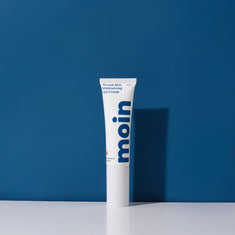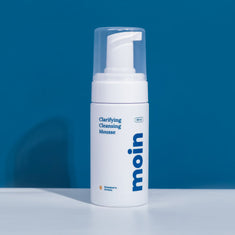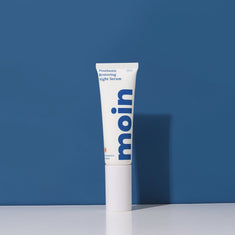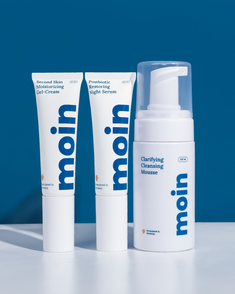Minimalist Approach On Skincare Formulation
Some of us may have been curious about what we put on our skin and peeking at the back of our toner, serum or moisturizer and been overwhelmed with all the ingredients listed on the product. While they are all safe to use (yes, cosmetic products are well-regulated), we are often not sure what each ingredient does and which of them really has an impact on our skin.
The requirement for ingredient labeling on cosmetic products was first introduced by the U.S. Food and Drug Administration (FDA) in 1975. The following year, the European Union issued the same rules that every cosmetic company had to provide the customer with the so-called INCI list or International Nomenclature of Cosmetic Ingredients, namely the scientific names of the raw materials they contain in their products.
This regulation was introduced for safety reasons for the customers who might be sensitive or allergic to certain ingredients. In addition, this INCI list was also intended to allow consumers to make better purchasing decisions in order to compare formulas between different products.
In addition, ingredient labeling is a way for manufacturers to be more transparent about what kind of raw materials they are using in their formulas. The thing is, before the introduction of all this INCI, cosmetic formulas were considered a big corporate secret that no one could ever find out, especially from the company's competitors.
Too many ingredients: Is it necessary?
Interestingly, after this regulation was implemented, there was a trend for companies to make their formulations more complicated. Whereas in the past, beauty products contained few ingredients that were actually functional, either to enhance the formula or to provide some benefit to the skin.
Nowadays, due to technological advancements and so that more raw materials are brought to the market by suppliers, many companies would include many more ingredients, which is not necessarily always for the formulation, but just for the marketing claim or to justify the high price.
From a cosmetic formulator's perspective, this is not necessarily an ideal approach. Essentially, a formulator is expected to be able to produce a cost-effective product. This means that each raw material must have a specific function, whether it is to impart a certain texture, color or scent. Therefore, when developing a formula, a blind test is essential. If a formula with ten ingredients can achieve the same result as the one with 30 ingredients, it is better to choose the simpler version.
The same goes for "active ingredients" that are supposed to improve the skin. Often companies mix a lot of plant extracts, but the concentration is below the level that has been proven effective, so half of these extracts actually do less for our skin.
MOIN keeps it simple and transparent
Therefore, it would be ideal for cosmetic companies to take a minimalist approach, and that's exactly what MOIN has done from the beginning. We only use ingredients that are fit for purpose in the formula and are designed to improve the efficacy, consistency and safety of our products.
In addition, we take transparency very seriously. We are committed to informing our customers about the raw materials used in our products by explaining what each raw material does and how it works.




